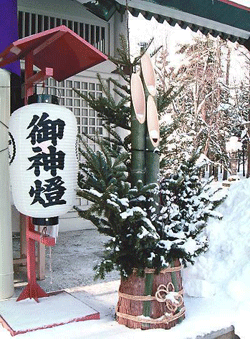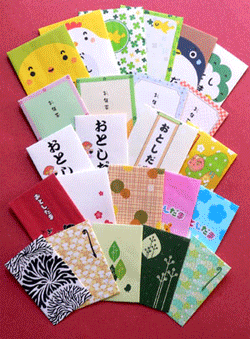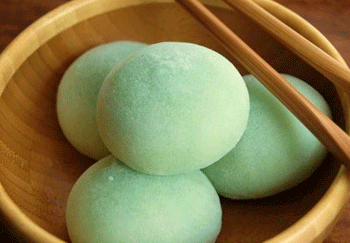Oshogatsu is the Japanese New Year. The Japanese celebrate New Year’s Day on January 1 each year on the Gregorian Calendar. Before 1873, the date of the Japanese New Year was based on the Chinese lunar calendar and celebrated at the beginning of spring, just as the contemporary Chinese, Korean and Vietnamese New Years are celebrated to this day. However, in 1873, five years after the Meiji Restoration, Japan adopted the Gregorian calendar, so the first day of January is the official New Year’s Day in modern Japan. It is considered by most Japanese to be one of the most important annual festivals and has been celebrated for centuries with its own unique customs.
The New Year celebration lasts for five to six days. Everything associated with the New Year is symbolic of “firsts” of the new year. Thus, the New Year gives a sense of renewal. On New Year’s Eve, shortly before midnight, Buddhist temples ring bells 108 times to remember Japan’s hardships. The ritual is a way to send out the old year and usher in the new.
Oshogatsu is a time for peace and resolution. Japanese people don’t go to work on New Year’s Day. They rest and celebrate the holiday with the family. They go to temples to pray for a prosperous and healthy new year. The first visit to the temple is called “Hatsu Mohde,” which means the first visit.
There are many “good luck” charms associated with the New Year. Cranes and turtles are symbols of longevity and happiness. Houses are decorated with origami cranes to bring peace and happiness to the New Year. The kadomatsu is a traditional decoration for the new year holiday.
Like other Asian New Year traditions, adults give money to children on New Year’ Day. It is called “otoshidama” or the “new year treasure.” Children also play various games to usher in the New Year. A popular game is “Furuwarai” which is the American version of pin-the-tail-on-the-donkey.
On New Year’s Day, the family starts the New Year with a “mochi” or rice cake breakfast. The rice cake is served in a stew called “Ozoni.” Rice pounding to make mochi rice cakes is a popular new year activity. However, many modern Japanese families buy them from supermarkets now.







